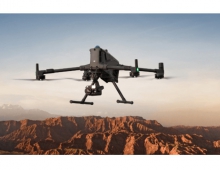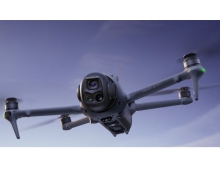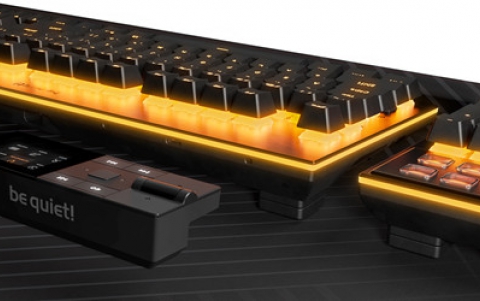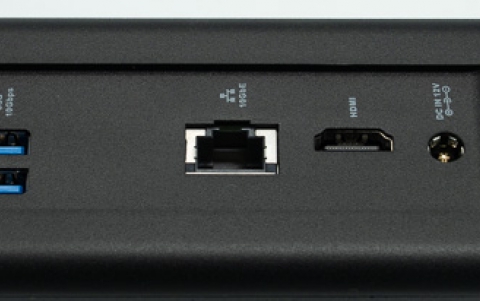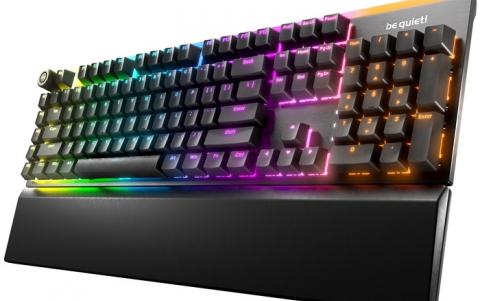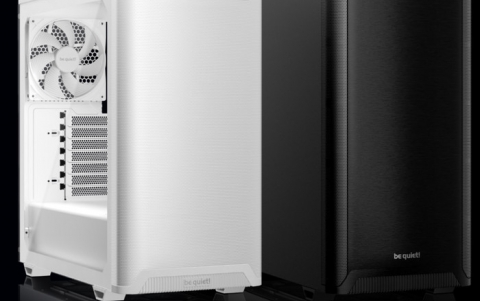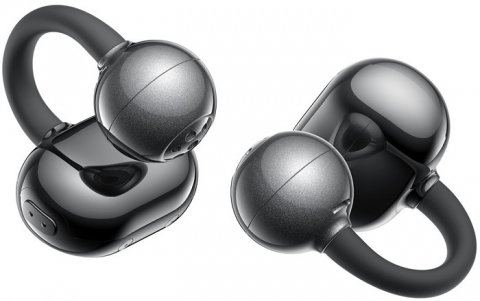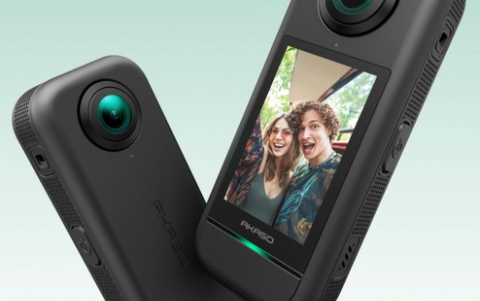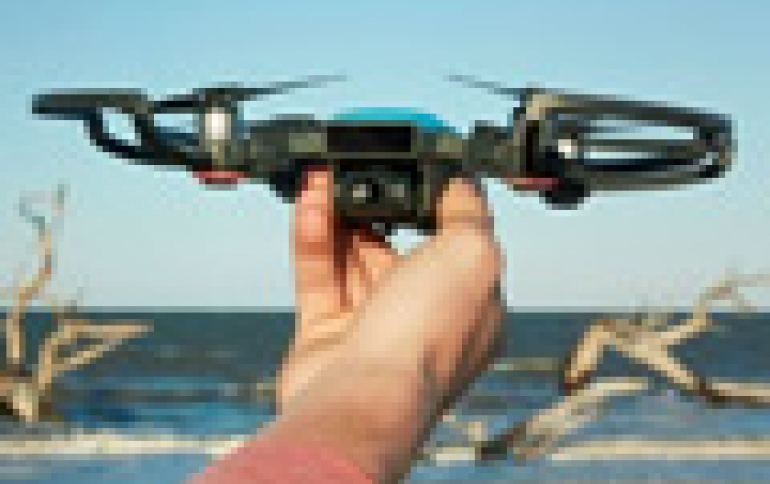
DJI Spark Drone Takes Off From Your Hand
China's DJI Technology Co. unveiled Spark, a small camera drone starting at $499 that can take off and land from the palm of a hand.
The fun-to-fly mini camera drone is the first that users can control by hand gestures alone. Even if you've never flown a drone before, flying Spark is easy because the only remote controller you'll need is your hand.
When Spark takes off from your hand, it automatically enters Gesture Mode. This features new gesture controls like PalmControl, which lets users control Spark with hand movements. In Gesture Mode, you can also send Spark up and away from you, take a selfie, and call it back with just your hands.
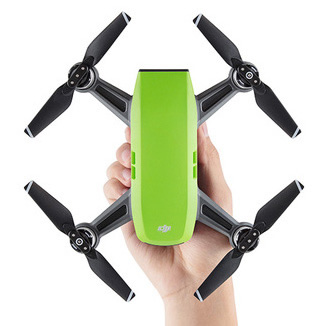
Spark fits easily in almost any bag and weighs just 10.6 ounces (300 grams). The drone is ready to launch within seconds whenever inspiration strikes and can be operated by a remote controller, a mobile device, or hand gestures alone. Spark will be available in five different colors: Alpine White, Sky Blue, Meadow Green, Lava Red, and Sunrise Yellow.
The new QuickShot Intelligent Flight Mode makes creating professional videos fun and easy. Select a QuickShot, and Spark will fly along a preset flight path while recording a short video and tracking a subject along the way.
Four QuickShots are available: Rocket, sending Spark straight up into the air with the camera pointed down; Dronie, flying up and away from your subject; Circle, rotating around the subject; and Helix, spiraling away from a subject as it flies upward. For each QuickShot, Spark will automatically create a 10-second video from your flight that is ready to share on social media.

Previously introduced Intelligent Flight Modes such as TapFly and ActiveTrack can also be found on Spark. Developed based on DJI's vision technology, a new TapFly sub mode called Coordinate allows Spark to fly to a location you tap on your mobile device screen. TapFly's Direction Mode lets you keep flying in the direction you tap on the screen. Using ActiveTrack, Spark will automatically recognize and track an object you choose, keeping it at the center of the frame for perfect shots of objects in motion. Whether you are using TapFly or tracking a subject, Spark's 3D Sensing System will actively sense obstacles in front of the aircraft.
With the remote controller accessory, operators can switch to Sport Mode and unleash Spark's speed potential of up to 31 mph (50 kph). Sport Mode sets the gimbal to first-person view (FPV) by default, so the camera moves with you as you fly. Spark will also be compatible with DJI Goggles.
Spark houses a camera with a 1/2.3" CMOS sensor that captures 12 megapixel photos and shoots stabilized HD 1080p videos. Spark's 2-axis mechanical gimbal and UltraSmooth technology reduce shake and rolling shutter effect to capture cinematic shots.
HD Wi-Fi technology allows for 720p real-time video transmission from up to 1.2 mi (2 km) away.

Spark includes many previous DJI drone shooting modes with two new additions: Pano and ShallowFocus. In Pano Mode, the camera creates horizontal or vertical panoramas by automatically adjusting its gimbal and heading, taking a series of pictures and stitching them together. ShallowFocus allows you to put part of a picture into sharp focus while the rest of the image is softened, creating photographs with a shallow depth of field. An array of filters and automatic editing templates available in the DJI GO 4 app enables creators to quickly edit videos and share them directly to Facebook, YouTube, Twitter, Instagram, and other social media platforms.
Spark's FlightAutonomy system consists of the main camera, a downward-facing vision system, a forward-facing 3D Sensing System, dual-band GPS and GLONASS, a high-precision inertial measurement unit, and 24 computing cores. These features allow Spark to hover accurately with vision system assistance at up to 98 feet (30 meters) and sense obstacles from up to 16 ft (5 m) away.
Like all recent DJI drones, Spark can return to its home point automatically with a sufficient GPS signal. While using the remote controller, if the battery gets too low, connection is lost, or the operator presses the Return to Home (RTH) button, Spark flies back to the preset home point while sensing obstacles in its path. Spark also integrates DJI's GEO System or NFZ geofencing to provide you with up-to-date guidance on areas where flight may be limited by regulations or raise safety or security concerns.
Spark is powered by a high-energy density LiPo battery and has a maximum flight time of up to 16 minutes. When flying with the remote controller accessory, Spark allows for 720p real-time video transmission from up to 1.2 miles (2 km) away.
The US retail price of a DJI Spark, including an aircraft, a battery, a USB charger and three pairs of propellers, is $499 USD. The Spark Fly More Combo includes an aircraft, two batteries, four pairs of propellers, a remote controller, propeller guards, a charging hub, a shoulder bag and all necessary cables, with a US retail price of $699 USD.
Spark pre-orders will start shipping in mid-June.
DJI is the world's leading maker of drones. The Chinese company is facing competition from cheaper rivals, especially in China, that have flooded the market with models from $10 mini toys to sub-$100 camera carriers. At the same time, DJI is aiming to take a big slice of sales of drones for enterprise uses.
DJI also competes with GoPro, which struggled recently with its own drone debut. GoPro's foldable Karma drone was recalled last fall shortly after it was released because of a power problem. It has since resumed sales and GoPro is also looking into ways to improve software to make editing and sharing footage easier for amateur adventure filmmakers.







